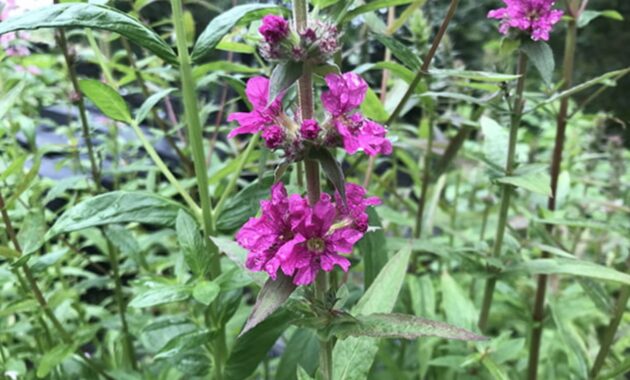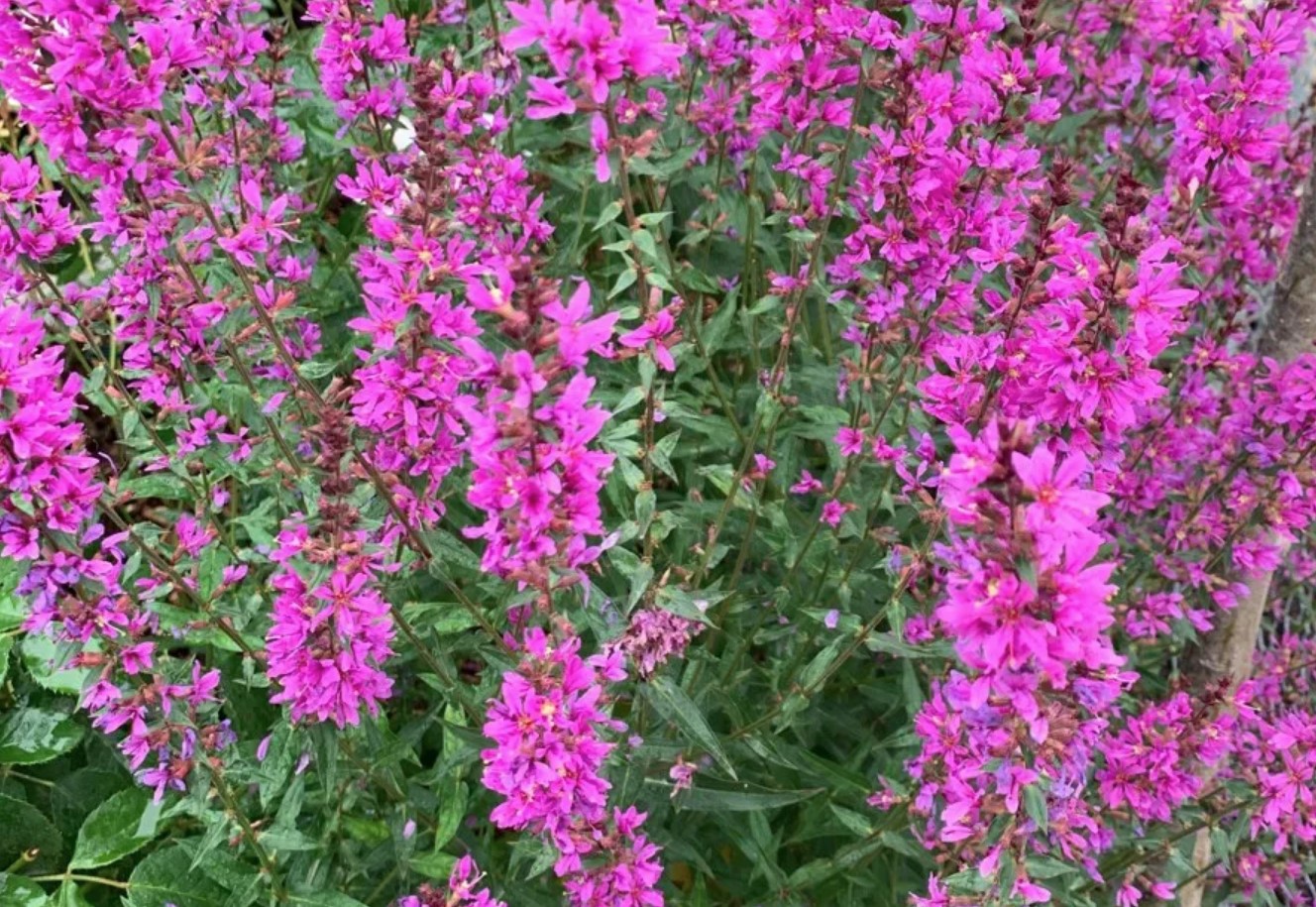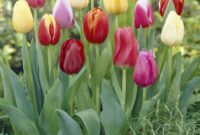
Lythrum virgatum, commonly known as the purple loosestrife, is a perennial plant that has captured the hearts of gardeners and nature enthusiasts alike. Its tall, striking spikes of purple flowers add a splash of color to any landscape, making it a favorite for borders, meadows, and wetland restoration projects. But beyond its beauty, there’s so much more to discover about this fascinating plant. Join me as I explore its characteristics, growth habits, ecological benefits, and tips for growing Lythrum virgatum in your own garden.
A Closer Look at Lythrum Virgatum
Botanical Basics
Lythrum virgatum belongs to the Lythraceae family, which comprises about 30 species of flowering plants. Here are some essential botanical details:
- Scientific Name: Lythrum virgatum
- Common Names: Purple loosestrife, European loosestrife
- Family: Lythraceae
- Height: 3 to 5 feet (0.9 to 1.5 meters)
- Spread: 2 to 3 feet (0.6 to 0.9 meters)
- Flowers: Purple to pink, tubular, arranged in spikes
- Bloom Time: Summer (June to August)
- USDA Hardiness Zones: 4 to 8
Appearance
Lythrum virgatum features a robust, erect stem with elongated, lance-shaped leaves that grow opposite each other along the stem. The plant produces dense spikes of small, tubular flowers that can range from deep purple to light pink, attracting a variety of pollinators like bees, butterflies, and hummingbirds. The flowers bloom from the bottom up, creating a beautiful visual effect as the spikes reach their full height.
Habitat
This perennial is native to Europe and parts of Asia, thriving in moist environments like wetlands, riverbanks, and marshes. Lythrum virgatum prefers full sun to partial shade and well-drained, fertile soil. However, it is adaptable and can also tolerate some drought conditions once established.
The Importance of Lythrum Virgatum
Ecological Benefits
Lythrum virgatum plays a vital role in supporting local ecosystems. Here’s how:
- Pollinator Friendly: The vibrant flowers attract a wide range of pollinators, including bees and butterflies, which are essential for the health of our ecosystems.
- Habitat Creation: Its dense growth provides shelter and nesting sites for various wildlife, including birds and beneficial insects.
- Soil Stabilization: The root systems of Lythrum virgatum help prevent soil erosion, especially in wetland areas, by holding the soil together.
Considerations for Natural Habitats
While Lythrum virgatum has many ecological benefits, it’s essential to be mindful of its potential invasiveness in certain regions. In some areas, particularly in North America, it can spread aggressively and outcompete native plants. This characteristic has led to mixed perceptions of the plant among conservationists. Always check with local guidelines before introducing it into your garden.
Growing Lythrum Virgatum
Ideal Growing Conditions
If you’re looking to add Lythrum virgatum to your garden, here are some tips for successful growth:
- Soil Type: This plant prefers rich, moist soil but can tolerate various soil types. Incorporating organic matter can improve drainage and nutrient availability.
- Sunlight: Lythrum virgatum thrives in full sun but can also tolerate partial shade. Aim for at least six hours of sunlight daily for optimal flowering.
- Watering: Regular watering is crucial, especially during dry spells. Ensure that the soil remains consistently moist but not waterlogged.
Planting and Care
- Planting: You can start Lythrum virgatum from seeds or nursery-grown plants. If planting seeds, sow them in the spring or fall. For established plants, space them about 2 to 3 feet apart to allow for their spreading nature.
- Fertilizing: A balanced, slow-release fertilizer applied in the spring can promote healthy growth and abundant blooms. However, too much fertilizer can lead to excessive foliage growth at the expense of flowers.
- Pruning: After flowering, cut back the spent blooms to encourage additional blooming and prevent the plant from self-seeding excessively.
- Pest and Disease Management: Lythrum virgatum is generally pest-resistant, but watch for aphids or spider mites. Fungal diseases can occur if the foliage remains wet for extended periods. Ensuring good air circulation around the plants can help mitigate these issues.
Companion Planting
Lythrum virgatum can be paired with other plants that thrive in similar conditions. Here are a few great companions:
- Sedges (Carex spp.): These grass-like plants complement Lythrum and thrive in similar wet conditions.
- Astilbe: This perennial produces feathery flowers in various colors and prefers moist soil, making it a good match.
- Coneflowers (Echinacea spp.): These hardy flowers attract pollinators and add a vibrant contrast to Lythrum’s purple hues.
Personal Experience with Lythrum Virgatum
I remember the first time I encountered Lythrum virgatum. I was walking along a nature trail, and these stunning purple spikes caught my eye. They were so vibrant against the green backdrop of the surrounding foliage. I was instantly drawn in. Later, when I decided to plant some in my own garden, I was thrilled with how they added height and color to my borders.
However, my journey wasn’t without challenges. The first year, I didn’t give them enough water, and I was left with sad, wilting plants. I quickly learned the importance of keeping their soil consistently moist, especially during dry spells. It was a trial-and-error process, but seeing those vibrant blooms in the summer made it all worthwhile.
Conclusion: The Allure of Lythrum Virgatum
In summary, Lythrum virgatum is a beautiful and beneficial plant that can enhance any garden. Its striking flowers not only provide aesthetic appeal but also contribute to local ecosystems by supporting pollinators and preventing soil erosion. While it’s essential to be cautious about its invasive tendencies, with proper management and care, this perennial can thrive in your garden for years to come.
So, whether you’re a seasoned gardener or just starting out, consider adding Lythrum virgatum to your plant list. It’s more than just a pretty face; it’s a valuable addition to any landscape. Happy gardening!

